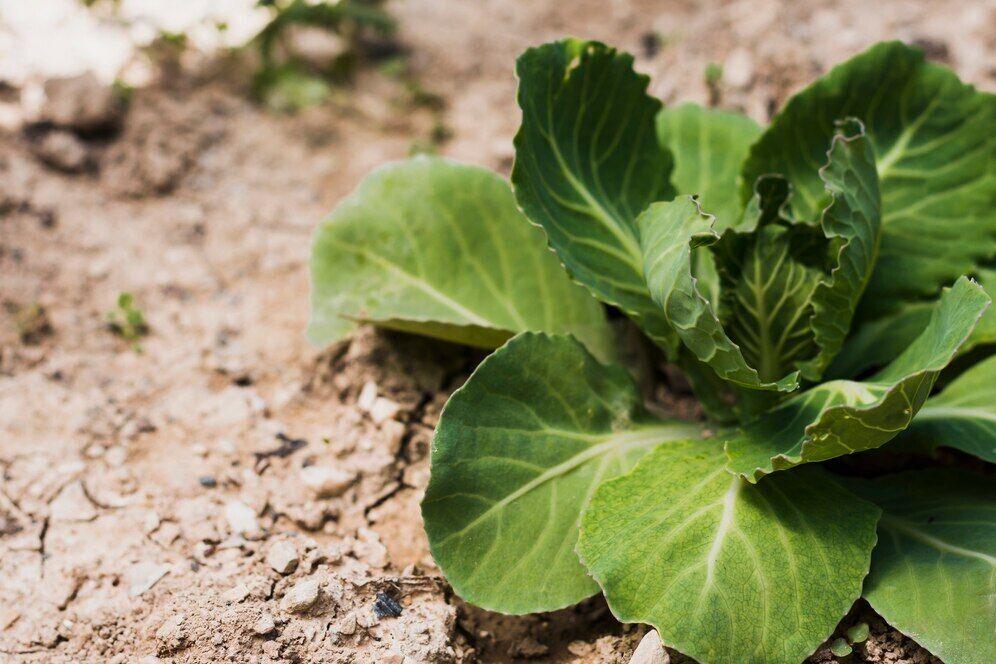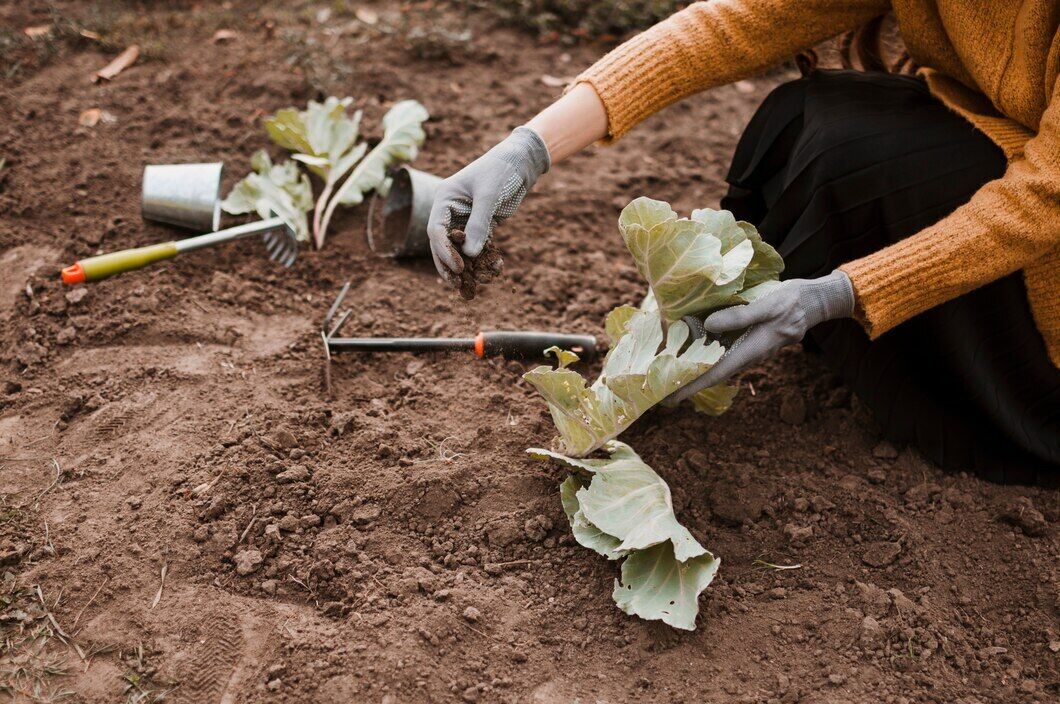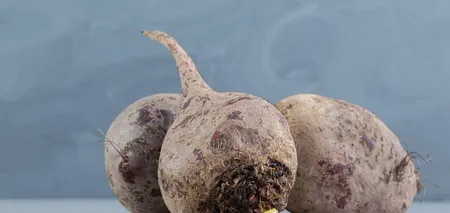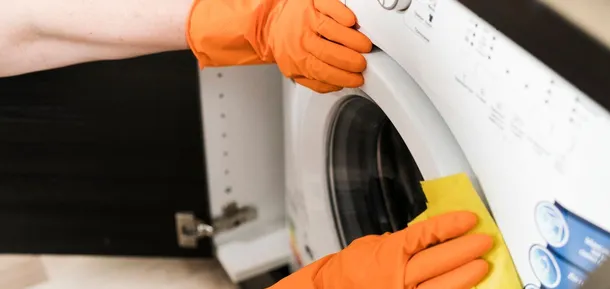News
How to sow early cabbage for seedlings: tips
Cabbage is not only a popular vegetable, but also a source of nutrients such as vitamins C, K, potassium and fiber. It is an important element in a healthy diet, helping to maintain overall health and strengthen the immune system. In addition, kale has antioxidant properties that help reduce the risk of certain chronic diseases. This makes it an ideal choice for any gardener.
However, growing cabbage requires the right approach, especially when it comes to early varieties. In order to get a good harvest, you need to consider several factors, such as planting time, proper soil preparation, and proper seedling care. OBOZ.UA offers some expert tips to help you successfully grow early cabbage for seedlings.
When to sow cabbage for seedlings
The time for planting cabbage depends on the climatic conditions and the variety of the vegetable. For early varieties, seeds should be sown for seedlings in February or March. This will allow the plants to receive the necessary amount of sun and heat for development in time. It is important to remember that early cabbage needs stable temperature conditions and does not tolerate frost.
Early varieties of cabbage grow faster than others: they take about 50-60 days to develop seedlings. Later varieties are sown later, for example, in mid-April, and their seedlings will be ready for transplanting outdoors in a few weeks. Therefore, observing the exact planting dates is essential for the success of growing cabbage.
Preparing the soil for sowing
Proper soil preparation is the key to success when growing cabbage. You can buy a substrate for seedlings in the store or prepare it yourself. To do this, mix peat, turf and compost in equal parts or use a mixture of turf and peat in a 1:1 ratio. Don't forget to add mineral fertilizer to improve growth, for example, one tablespoon of fertilizer per 1 kg of soil.
For sowing cabbage, use plastic containers with small holes in the bottom to ensure good drainage. Make shallow furrows in the soil, 3 cm apart, and sow the seeds. Sprinkle them lightly with soil, compact them with your hands, and lightly water them with a spray bottle. Then cover with foil and place in a warm place with a temperature of about 25°C.
Seedling care
After the seeds germinate, usually after a week, remove the film and move the seedlings to a cooler place where the temperature is around 15°C. Water the seedlings as the soil dries, avoiding stagnation. Cabbage seedlings also need ventilation, so you can put them out on the balcony for a day if the temperature outside allows it.
Do not forget about lighting - seedlings need a lot of light for normal growth. An ideal place would be a windowsill or greenhouse, where the seedlings will receive at least 12 hours of light per day. At the same time, it is important to avoid excessive watering to prevent waterlogging of the soil.
When to transplant cabbage outdoors
When it comes time to transplant seedlings outdoors, this should be done no earlier than two to three weeks after the last frost. It is better to transplant cabbage on a cloudy day to reduce stress for the plants. Plant the seedlings in rows at a distance of 30-60 cm from each other, depending on the size you want to get.
When transplanting, it is also important to take care of the plants properly. Mulching will help to retain moisture in the soil and maintain a stable temperature, which is important for the health of cabbage. If cold weather is forecast, don't forget to cover the plants.
Choosing a place for cabbage
Cabbage loves the sun, so choose a site that receives 6-8 hours of direct sunlight per day to grow it. However, cabbage can also tolerate partial shade, especially in hot climates. Soil for cabbage should be well-drained, fertile and with a pH of 6-7.
It's also important to minimize competition with other plants, so it's best to rotate cabbage with other crops and avoid planting in the same place for several years in a row.
How to grow cabbage in containers
For those with limited space, cabbage can be successfully grown in containers. Choose a large container with a diameter of at least 16-20 inches and a depth of 12-18 inches. Make sure the container has drainage holes to prevent waterlogging.
Fill the container with special potting mix and sow the seeds or transplant the seedlings. Place the container in a place where the plant will get enough sunlight. Water the plants to ensure even soil moisture and fertilize regularly to achieve a good harvest.
Do I need fertilizer for cabbage?
Yes, cabbage is a nutrient-demanding vegetable, so it needs fertilizer. After transplanting the seedlings, you can fertilize them with compost, and a few weeks later apply nitrogen-rich fertilizers to stimulate leaf growth.
However, it is important not to overdo it, as excess fertilizer can lead to excessive vegetative growth and make plants more vulnerable to diseases and pests.
The best neighboring plants for cabbage
Planting companion plants next to cabbage can help it grow better and protect it from pests. Good companions for cabbage are onions, garlic, dill, and thyme. These plants not only repel pests but also help maintain soil health.
Marigolds and nasturtiums can also be useful, as they repel many garden pests. In addition, these plants add color and decorative appearance to your garden.
Subscribe to the OBOZ.UA channels in Telegram and Viber to keep up with the latest events.































